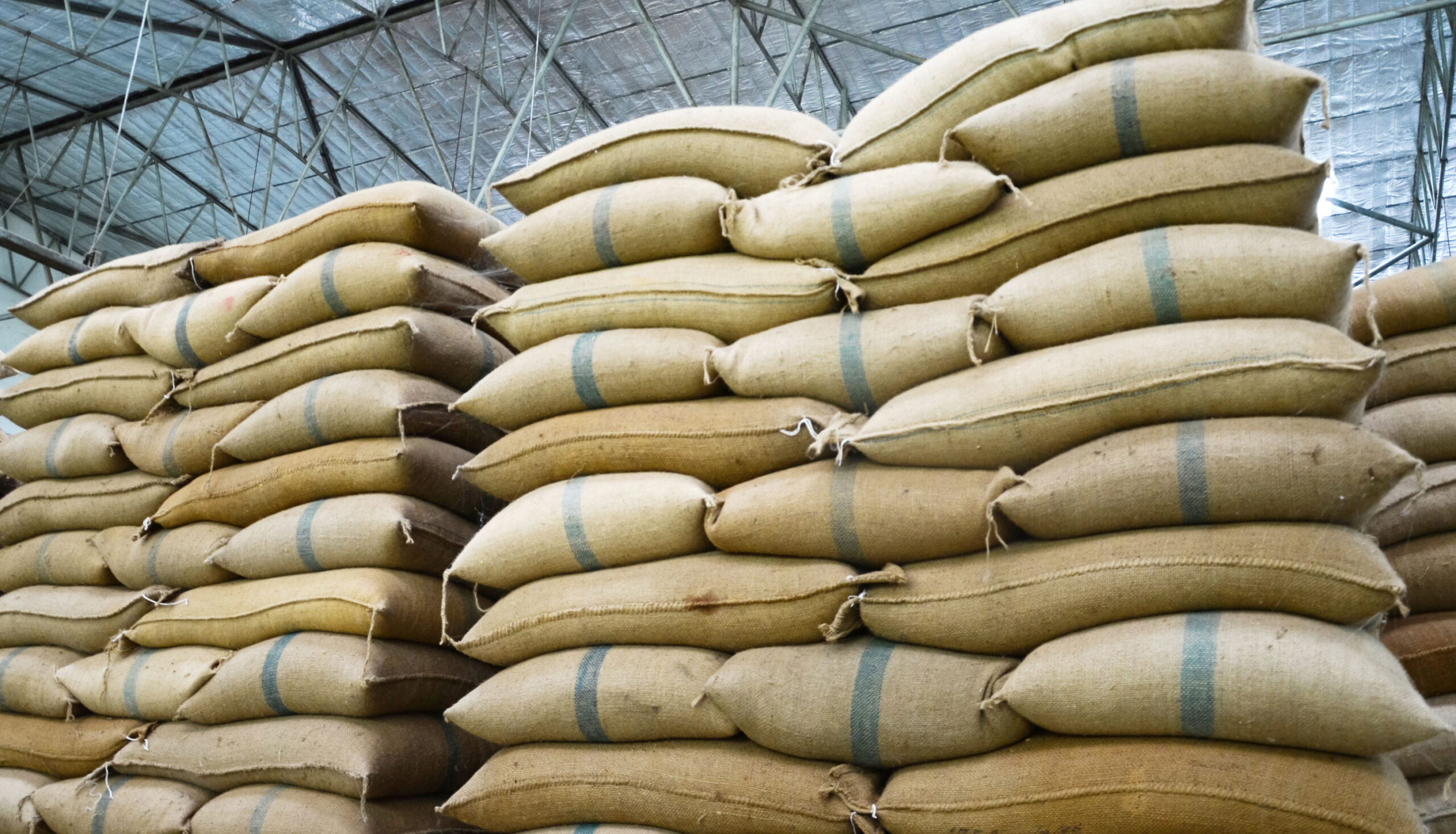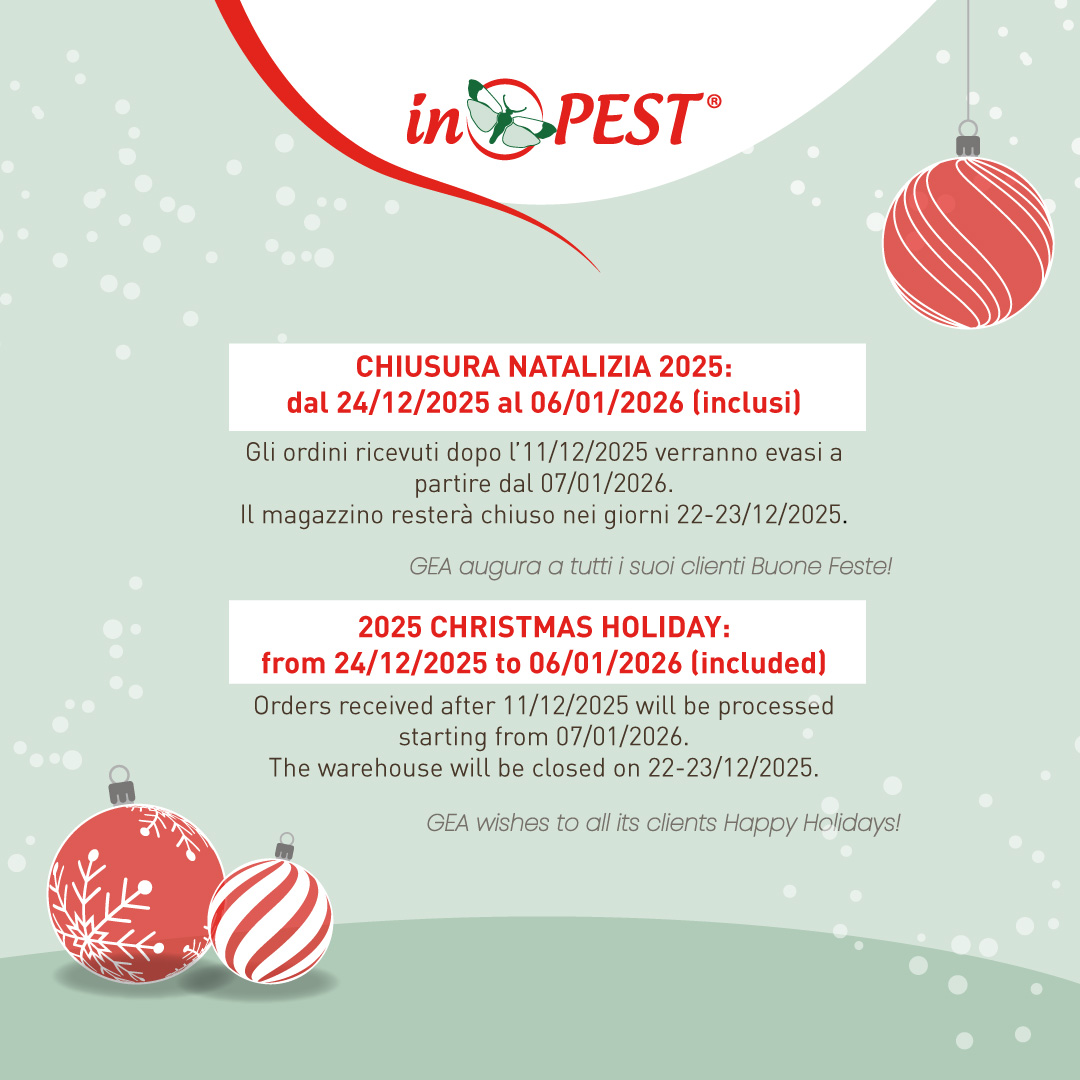The use of glue traps for rodents is an established practice in the pest control sector, but it presents some critical issues related to animal welfare and the possible accidental capture of non-target species. However, when used responsibly and in accordance with regulations, these traps are an effective system for monitoring and controlling infestations, reducing the risk of contamination in food and logistics companies.
To ensure ethical and efficient use, inPest has developed a set of best practices for operators in the sector, providing guidelines for pest control in accordance with BRC and IFS certifications.
The 10 best practices for the responsible use of glue traps, bearing in mind that glue traps may ONLY be used indoors, NEVER outdoors.
- Risk assessment
Before installation, assess whether alternative control strategies exist and review the results obtained in previous interventions. - Exclusive use by qualified operators
Traps must only be handled by certified professionals to ensure correct and safe use. - Constant monitoring
Check the stations at least every 12 hours to verify the presence of rodents or non-target species. - Emergency plan
Have clear procedures in place for managing critical situations, temporarily suspending the use of traps if necessary. - Use of appropriate traps
Choose devices that are proportionate to the target species and protect them with suitable covers. - Data recording
Accurately document each intervention, noting the location, timing and results of the captures. - Rapid and ethical killing
Captured animals must be killed using methods that ensure immediate death without suffering. - Protection of non-target species
The use of protective tunnels and emollients to accidentally release trapped animals is essential for responsible management. - Removal of traps at the end of the operation
No traps should be left unattended to avoid unwanted captures. - Proper disposal
Traps and captured rodents must be disposed of in accordance with current environmental regulations.
Why follow these best practices?
Adopting a responsible approach to the use of glue traps offers numerous benefits:
- Improves the effectiveness of rodent control through constant monitoring.
- It reduces the risk of contamination in the food and logistics industries.
- It protects non-target species, complying with animal welfare regulations.
- It promotes sustainable and efficient pest management.
- inPest supports industry professionals with innovative solutions for safe and compliant pest control.
No Target Oil Bottle: the solution for the recovery of non-target species
To ensure an even more sustainable approach, inPest offers No Target Oil Bottle, a mineral oil specifically designed for the release of animals accidentally caught in adhesive traps. Thanks to its stable viscosity over time, the product does not require an expiry date and ensures effective and safe action.
The adoption of innovative solutions such as No Target Oil Bottle demonstrates inPest’s commitment to increasingly responsible and effective pest control. Compliance with best practices is the key to efficient and sustainable pest management.
Find out more about No Target Oil Bottle and inPest solutions

